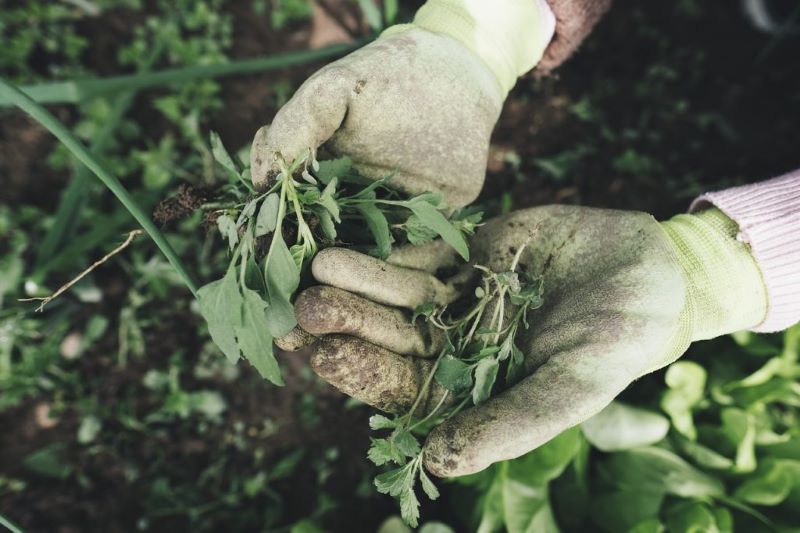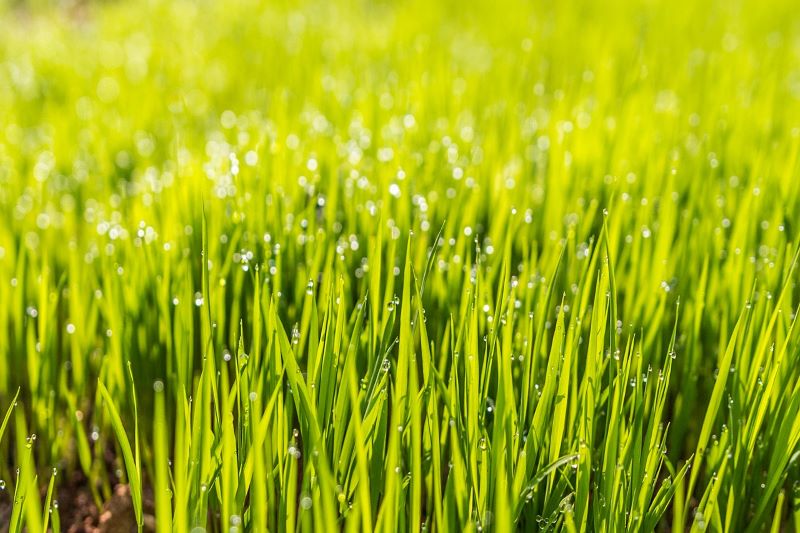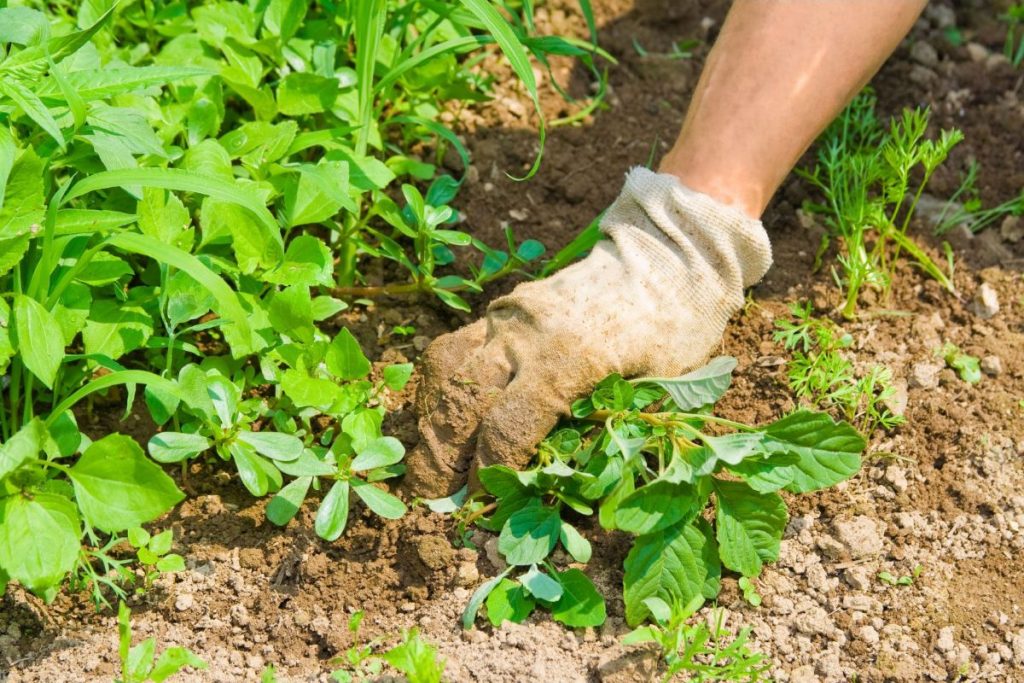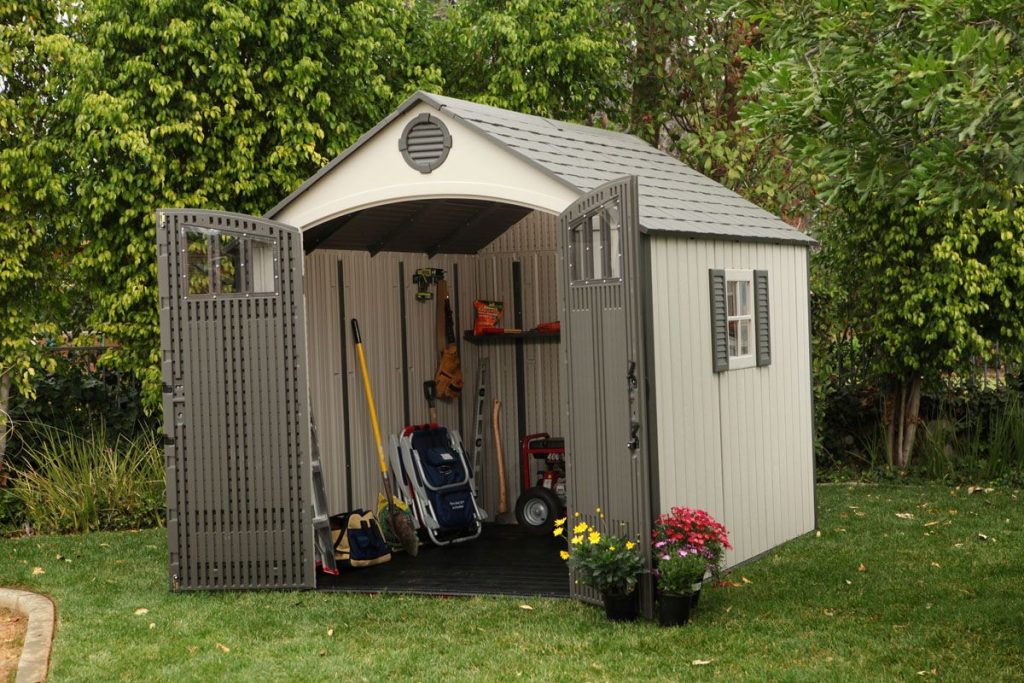Table of Contents
Spring is officially here, and even though it may still be chilly or even downright cold where you live, it won’t be long before the weather warms and brings renewal of everything fresh and green. Your lawn might have taken a beating this winter, so now’s the time to bring it back to life and prepare it for a lush display that will last through the summer.
There’s a pretty straightforward list of things to do, but don’t attempt them all in one weekend. Just take each step in turn and do as much as is physically comfortable or you’ll be nursing sore muscles long after the Easter bunny has hopped way down the road. Now here’s the lawn care plan:
Rake up

Winter has left dead grass, leaves, and other debris behind, so do some energetic raking to clean it all up. Don’t rake so hard that you pull up living roots, but do go at matted areas. If you’ve got excessive thatch, that layer of tangled dead roots, shoots, and other organic material that accumulates between the green grass and the soil level, use a thatch rake, a tool made for the task with vertical tines that really get in there.
Level the Surface
Harsh weather and foot traffic on a snow-covered lawn could have made it uneven in spots and created depressions that will collect water and become soggy. Equalize drainage across the lawn by using a shovel to lop off raised areas and fill in those that are sunken.
Aerate the Soil
Something else winter weather can do is compact the soil. Like all living things, grass needs oxygen to grow, and it also needs water and nutrients to reach its roots. Aerating the soil loosens it up so those needed elements can get through. There are hand-held devices intended to do some aerating, but the most thorough result calls for the kind of aerator you can rent at a garden center. They’re heavy, bulky, and difficult to transport, though, so if your soil is really hard and dense, consider hiring a pro for the job.
Correct the pH
Grass needs pH neutral soil to thrive, so grab a test kit at the garden or hardware store or use the homemade method with vinegar and baking soda to see how your soil measures up. An application of lime will correct acidic soil, and sulphur will correct soil that’s too alkaline. Too much of either can do more harm than good, though, so do some research before you start.
Pre-Treat for Weeds

As soon as the temperature starts warming, weeds will become active, and they don’t care if they’re in sun or shade, or if the soil is compacted or nicely aerated. Pre-emergent herbicide will stop them before they start, but it will also stop grass seeds from germinating. Pay attention to the directions on the herbicide package that explain how long to wait after applying before it’s safe to sow grass seeds.
Fertilize
Preparing your lawn with a fertilizer that’s designed for your variety of grass will give it a stronger root system and the energy it needs for a long growing season. A quick-start fertilizer can be used before or at the same time as you sow the grass.
Sow Fresh Seed
You can seed only the bare spots, but for a fuller and healthier result you’ll want to overseed the entire lawn. Cool season grasses like fescues, Kentucky Bluegrass and perennial rye grasses grow best when soil temperatures are between 50-65 degrees Fahrenheit, which is usually when air temperature is 60-75 degrees. In any case, you don’t want to plant them before the last frost which can kill seedlings. You’ll want to wait longer if you’re going to seed with warm season grasses like Zoysia and Bermudagrass because they grow best when soil temperatures are above 70 degrees, or when air temperature is about 80 degrees.
Start Watering
A freshly sown lawn needs to be watered for about ten minutes twice a day for the first two weeks until the seeds germinate. After that, you can ease up and water less frequently but more deeply. An established lawn needs only one inch of water per week for its roots to remain properly hydrated. When a lawn is over-watered, the roots have no reason to reach further into the ground seeking moisture, and the result is that they remain shallow and weak without the strength to resist the stresses of heat and disease.
Post updated: 08/19/2021








